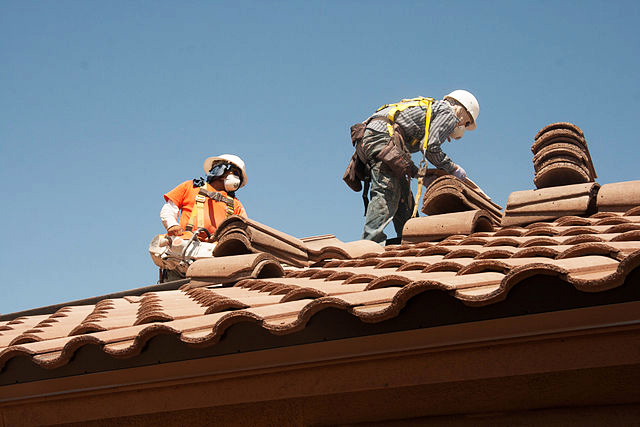 Your roof takes the brunt of Mother Nature’s wrath year-round. From blazing sun to pounding rain, icy snow, and high winds, every weather event chips away at your roof’s durability. Understanding how different weather conditions affect your roof can help you spot issues early, prevent major damage, and extend the life of your roofing system. Let’s break down the Roofing common ways weather impacts your roof—and what you can do to stay ahead of the damage.
Your roof takes the brunt of Mother Nature’s wrath year-round. From blazing sun to pounding rain, icy snow, and high winds, every weather event chips away at your roof’s durability. Understanding how different weather conditions affect your roof can help you spot issues early, prevent major damage, and extend the life of your roofing system. Let’s break down the Roofing common ways weather impacts your roof—and what you can do to stay ahead of the damage.
1. Rain and Moisture: The Silent Destroyer
Rain may seem harmless, but over time, it can cause serious problems if your roof isn’t sealed properly. Moisture can seep under shingles, cause leaks, rot wood decking, and encourage mold growth. If your flashing is damaged or your gutters are clogged, rainwater can back up and penetrate vulnerable areas. To prevent this, make sure your gutters are clean and your roof is inspected regularly for signs of water intrusion or loose shingles.
2. Sun and Heat: Slow But Steady Damage
Constant exposure to sunlight and high temperatures can wear down roofing materials. UV rays break down the binding agents in shingles, causing them to become brittle, fade, or curl. Heat can also cause roofing materials to expand and contract, which weakens them over time. In hot climates, consider reflective roofing materials or coatings that reduce heat absorption and help maintain the integrity of your roof for longer.
3. Wind and Storms: Sudden and Severe Impact
Strong winds can lift or rip off shingles, exposing the underlayment or decking to the elements. Debris like branches or flying objects can puncture the roof or damage flashing. After a storm, it’s always smart to check your roof (from the ground, or with professional help) for missing shingles, dents, or other signs of damage. Securing loose materials and addressing vulnerabilities ahead of storm season can make all the difference.
4. Snow, Ice, and Freezing Temperatures
Winter weather can be particularly harsh on roofs. Snow buildup adds weight and can lead to ice dams—thick ridges of ice that form at the roof’s edge and prevent melting snow from draining off. This trapped water can then seep under shingles and into your home. To prevent ice dams, ensure your attic is properly insulated and ventilated, and clear snow off your roof with a roof rake after major snowfalls.
Final Thoughts
Weather is a constant force working against your roof—but with the right precautions, you can protect your home year-round. Regular inspections, timely maintenance, and choosing weather-appropriate materials go a long way in defending your roof from the elements. If you’re ever unsure about the condition of your roof after a storm or seasonal change, it’s always wise to consult a professional roofer. Remember, a small repair today can save you from a costly replacement tomorrow.
